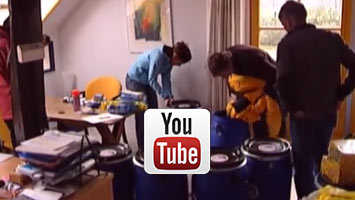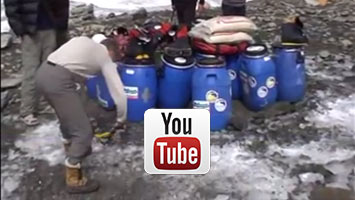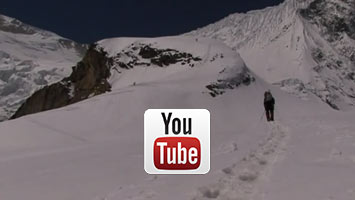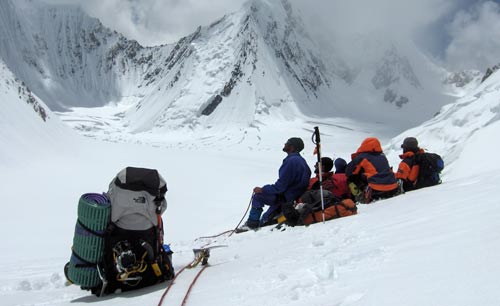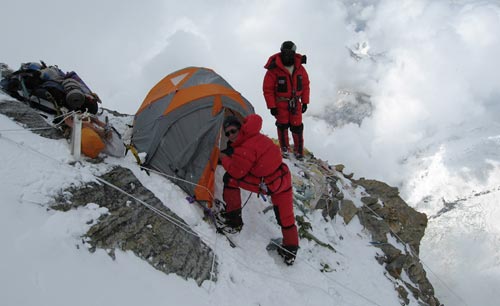14 Peaks
Katja Staartjes has climbed to the summit of a number of the eight-thousanders, as these giants are called, leading several expeditions herself, and bringing back breathtaking photographs. In her presentations, Katja takes her audiences with her on a virtual climb to the peaks, with these images vividly illustrating her account of the expeditions.
Life on a mountaineering expedition is an extreme and rich experience. Katja’s presentations show the inspiring parallels that can be seen in daily life and work. Every story she tells has a direct link to the personal experience of her audiences. More about her inspiring public speaking.
Life during an expedition: sharpening the senses
An expedition to 8,000 m not only challenges you physically, you need mental resilience too. You must struggle with lack of oxygen, and temperatures of minus 25° C; raging storms and snow that buries your tent. You must be able to persevere, but you must also be able to wait patiently for the right moment to attempt the summit. Stripped of any form of luxury, you are at the mercy of nature, yourself, and your teammates. You’re confronted with risks such as avalanches, invisible crevasses, and falling rocks. The slightest mistake could be fatal, and there’s a good chance that everyone will be pushed to their limits. It sharpens the senses. As a team, you’re inevitably drawn closer, which quickly reveals whether there is good cooperation between your team. Or not. And whether or not it will be possible to reach the top together. And above all, to return home safe and in one piece.
Peak performance: summits over 8,000 m
The world has 14 mountain peaks higher than eight thousand metres. The successful scaling of one of these peaks is a genuine achievement. The higher you go, the lower the oxygen in the air, and the greater the chance of altitude sickness. It starts innocently enough with a headache and nausea, but the situation becomes serious when there is loss of equilibrium. And life threatening, if there is an aedema of the lungs or brain. You can reduce the risk of altitude sickness by drinking a lot, and climbing slowly.
The altitude above 7,500 m is known as the Death Zone. There is so little oxygen that your physical and mental capacities are seriously affected. You can live at this elevation for only a couple of days. Once you reach the upper heights, it is therefore strongly advisable to make the right decisions, and conserve sufficient resources for the descent.
One step back, two steps forward
Up to an altitude of 7,500 m the human body is able to adapt to the lack of oxygen, so long as you allow it enough time. It is for this reason that different camps are set up on the mountain. Here, the climbers can gradually acclimatise to the increasingly thin air. We return to the base camp at intervals, an absolute must for physical recovery (lower altitudes mean more oxygen) and for the logistical organization. Quite literally, we take one step back in order to be able to take two steps forward. Patience is not only a virtue, it’s an absolute necessity when climbing an eight-thousander.
Summit attempt
An actual attempt at reaching the summit can only be undertaken once all of the camps have been set up, the climbers have become sufficiently acclimatised and the weather conditions are favourable. It is during this last phase of the climb that reaching the top truly matters, for both the team and the individual climber. Clearly, this is where the success of the expedition requires good communication and collaboration within the team.
Expeditions to reach the 8,000 m peaks are major undertakings of at least two months.



